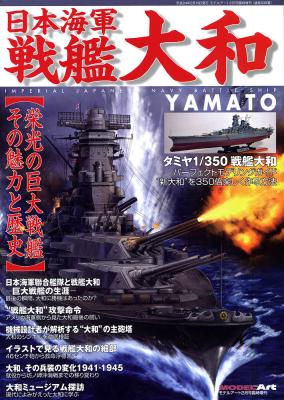This book is a photographic look at classic prop driven aircraft around the world. Some of the aircraft covered in volume one are the DC-3, DH Beaver, Twin Otter, Beech 18, Norseman, and Connie, as well as some of the early turbo-props.
Chapter one is a photo essay on the venerable DC-3, covering both restored examples and those still earning a living, as well as the turbo-prop variants. Over one third of the book is devoted to the DC-3.
Chapter two covers bush and floatplane operations, predominantly in Canada and Alaska. All the classics are here in photos – the Otter, Beaver, Goose, Albatross, and more.
Chapter three covers the preserved prop liners and pleasure flyers. Beautiful color photos of preserved Connies, DC-4, 6 & 7s, Convair 580s, Martin 4-0-4, as well as Ju-52s and many others are here.















